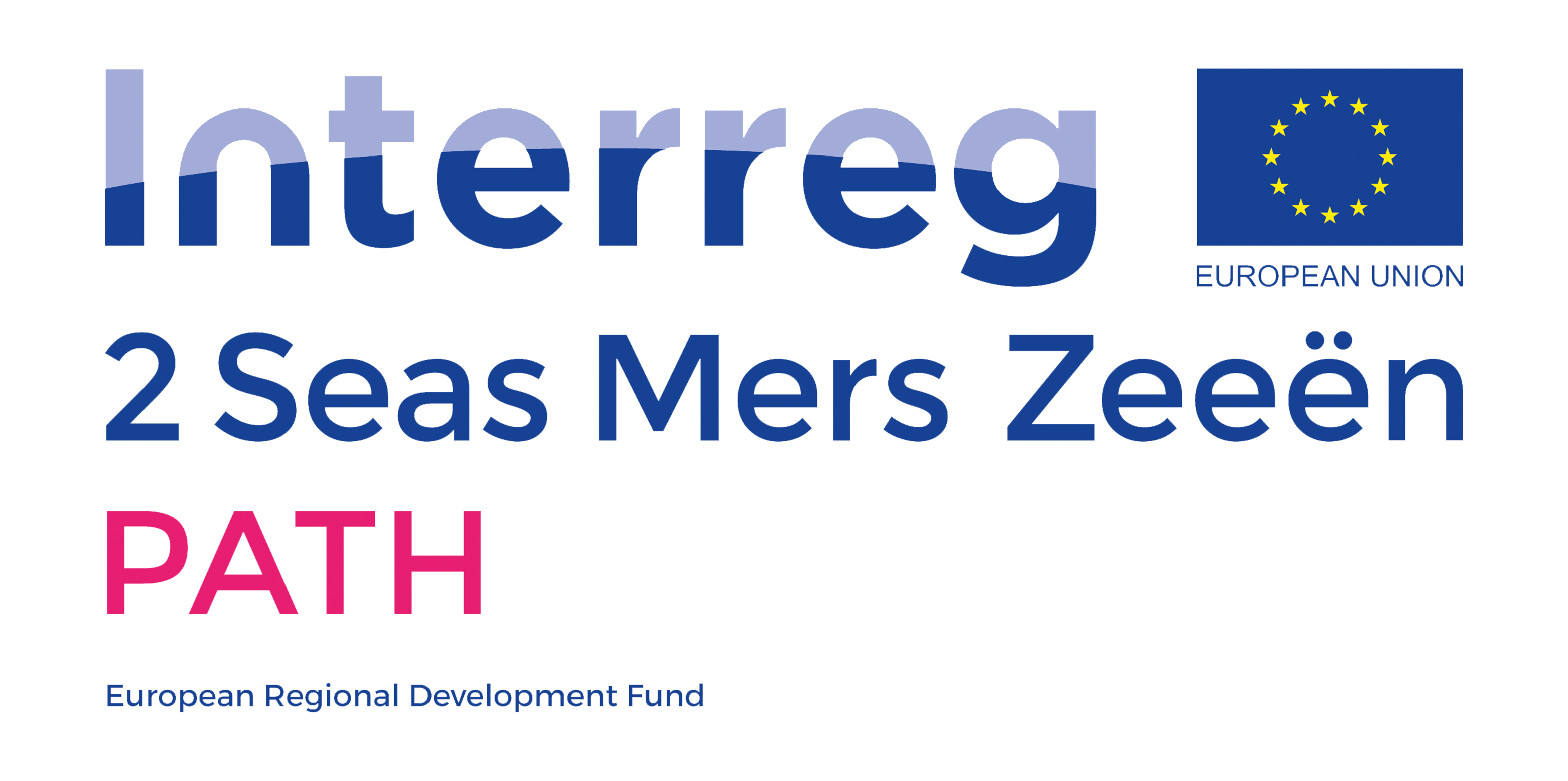
© 2021 Copyright: Bournemouth University
Obsessive Compulsive Disorder (OCD) can occur in 2 in 100 women in the perinatal period.
The main symptoms of perinatal OCD are:
Obsessions – They are unwanted thoughts, images, urges or doubts. They occur repeatedly and can be distressing. Examples include:
Anxiety – Women can experience anxiety, fear, guilt or depression. They may feel better in the short term if they carry out their compulsion, but this does not last for long.
Compulsions – They are repetitive actions that are the consequence of obsessional thoughts. Examples include:
Perinatal OCD can be mild or severe and can impact on the woman’s daily functioning, relationship with others and overall quality of life. It can lead to depression, difficulties in bonding with baby and on rare occasions, suicidal feelings.
The main treatment modalities include:
If you require further advice, contact your local specialist perinatal mental health team or community mental health team. For further advice on medications in the perinatal period, please refer to ‘Top Tips for GPs in prescribing in the perinatal period’.
Alternatively use link below for further support in considering the risk/compulsion considerations:
Factors to consider in risk assessment:
Training for healthcare professionals – discussing intrusive thoughts:
Watch our videos showing an example GP appointment with a patient discussing intrusive thoughts.
1. Howard et al Lancet series on Perinatal Mental Health (2014) Non-psychotic mental disorders in the perinatal period.